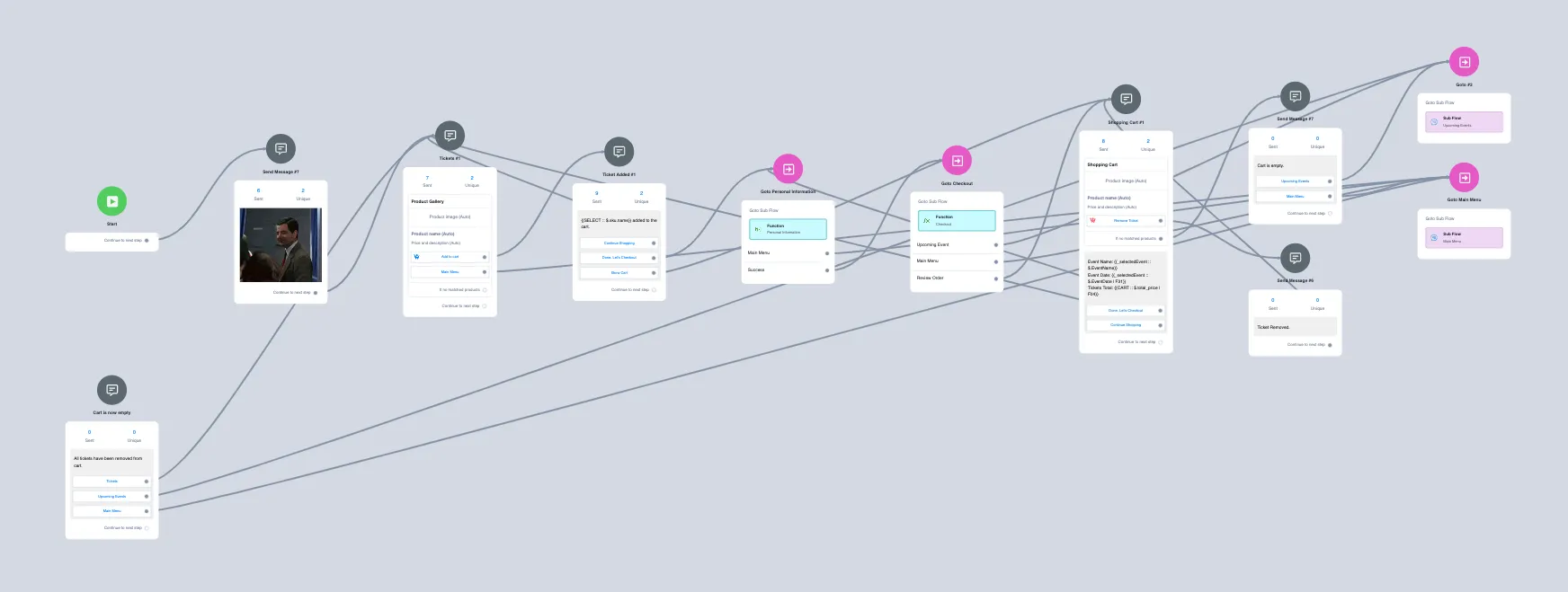The Evolution of Chatbots: From ELIZA to OpenAI

The Evolution of Chatbots: From ELIZA to OpenAI is a topic that explores the development and advancements of chatbot technology over the years. Chatbots have come a long way since their inception in the 1960s. The first chatbot, ELIZA, was created by Joseph Weizenbaum at MIT's Artificial Intelligence Laboratory. ELIZA was designed to simulate a Rogerian psychotherapist, using simple pattern matching and substitution to respond to user input.
Since ELIZA, chatbot technology has evolved significantly. In the 1990s, A.L.I.C.E (Artificial Linguistic Internet Computer Entity) was developed, which used natural language processing (NLP) to understand and respond to user input. This marked a significant step forward in chatbot technology, as it allowed for more human-like conversations.
In recent years, the development of artificial intelligence (AI) and machine learning (ML) has led to even more advanced chatbots. Today, chatbots are able to understand and respond to complex user inputs, and can even incorporate sentiment analysis and other advanced NLP techniques. One example of this is OpenAI's GPT-3, a language model that can generate human-like text. GPT-3 can be used to create chatbots that can understand and respond to a wide range of user input, making them useful and more versatile.
While chatbot technology has come a long way since ELIZA, it is clear that there is still much room for growth and improvement. With the continued development of AI and ML, we can expect chatbots to become even more advanced in the future. They will be able to understand and respond to more complex user inputs. They will also be able to include more advanced features, such as voice recognition and sentiment analysis.
Overall, the evolution of chatbots has been an exciting journey, and it will be interesting to see where this technology takes us in the future. From the first Chatbot ELIZA, to the advanced GPT-3 language model, we can see that this technology can make our lives easier and change the way we use computers.